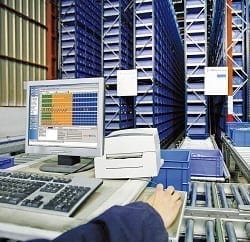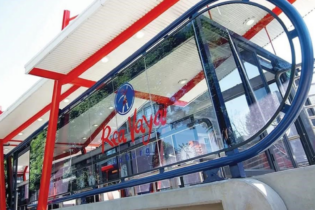Information technology (IT) provides the backbone of warehousing businesses. Whether it is for track and trace or to support automation, IT strategies significantly affect what happens in warehouses.
Martin Bailey, chairman of Industrial Logistic Systems, says IT users want lots of functionality in warehouse management systems (WMS). “They want a WMS that is easy to implement, simple to use and fast. IT people, on the other hand, are looking for different things. They want compatibility with their enterprise system. They want easy integration. And they want their WMS to be maintainable from a trusted source. The difficulty lies in creating the compromise between all of these wants. “IT departments can be a pain to deal with when it comes to putting in decent stuff because they are all aiming for market domination. They have little worry about a business – if they can dominate the market they will do so. In an ideal world, we want to wrap IT around the processes in our businesses. But it’s important to first have good processes in place before installing a WMS. Also, keep it simple,” Bailey implores. “What you want from IT is accurate forecasting and replenishment, good warehouse management, proper yard management (if you’re big enough to have it), and quality routing and scheduling to support the physical processes.” He says when it comes to choosing a WMS it is important to consider the level of functionality that is wanted. “Also consider references, capital costs, user costs, support costs, local support and company culture. Ask yourself: does their culture match mine? Do not buy the cheapest thing you can get.”Employing qualified staff is also critical, stresses Bailey. “You can have the best WMS in the world, but if your people are not working with you, you are in real trouble. Where do you find skilled people? It is difficult – but not impossible.”
Basics for good warehouse projects • use the best consultants you can find• use the best equipment you can trust
• make sure lots of people have done it before
• makes sure it works elsewhere
• remember: leading edge, not bleeding edge
• leave lots of time for commissioning
• have patience – it takes time for systems to work
• read all contracts carefully
• budget for unexpected expenses. Lastly, make sure every component is working properly, including the warehouse, the architects, the equipment you install, the transport you use, as well as all the interfaces.








